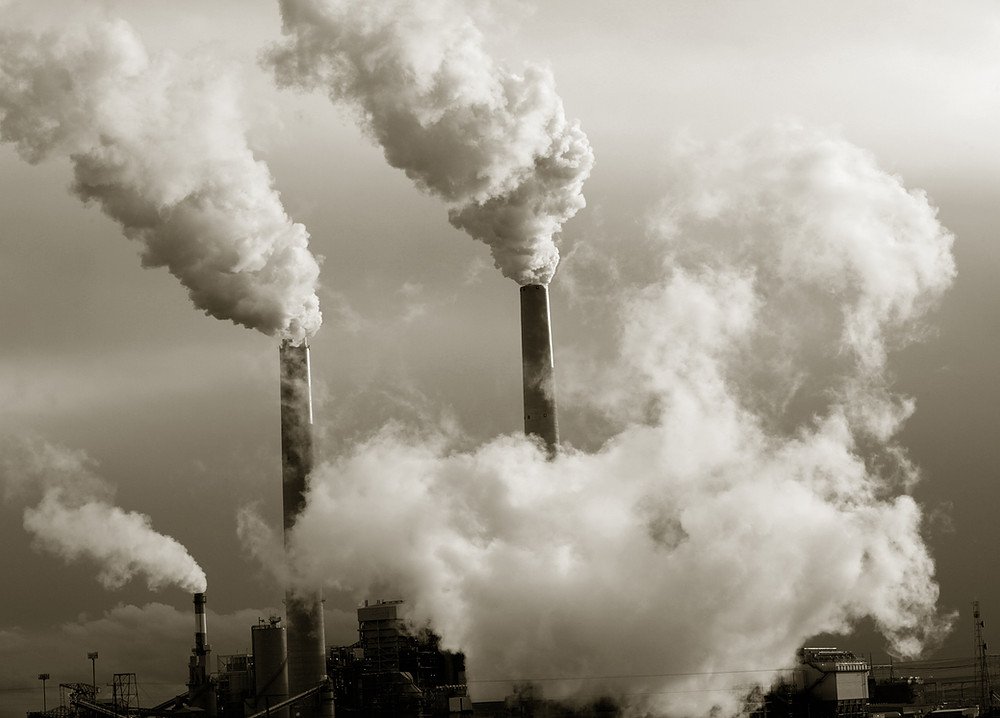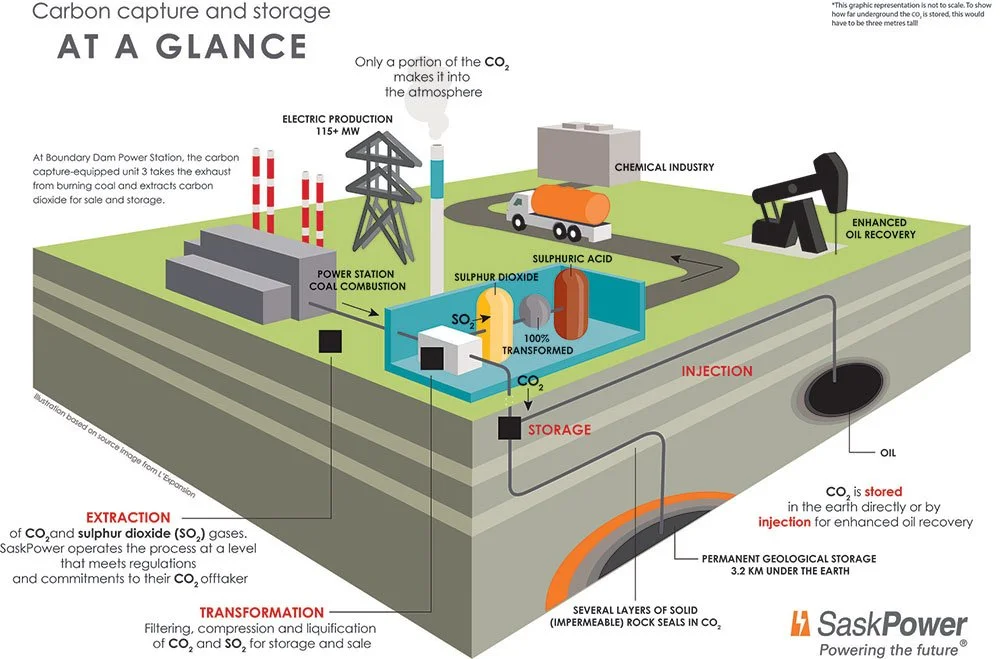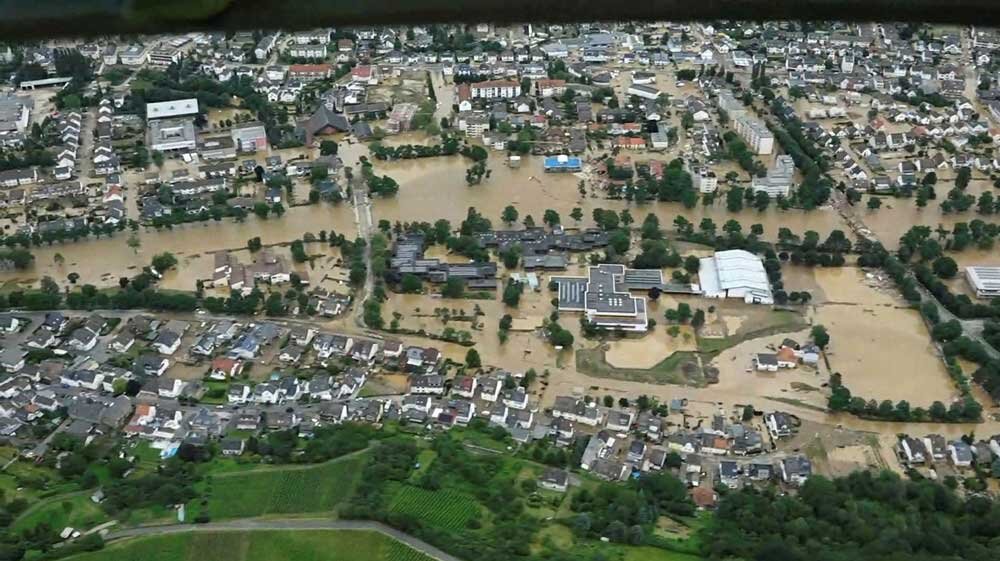
Don’t Put Your Faith In Carbon Capture
A recurring theme in the conversation about addressing the Climate Crisis has been the promise of new and emerging technologies that could help us solve all our problems. Political leaders and heads of corporations have been quick to tell us that they are only ever a few years away from being implemented.
However, those years continue to roll by without anything tangible to show for all this promise and hope.
Chief among these technologies that are held in such high esteem is the concept of carbon capture. It’s likely something you’ll be hearing more and more about as nations define their climate action strategies.
So today we’re looking at what carbon capture is, what it is a fan favourite of politicians and corporations, and why you shouldn’t put your faith in it.
What Is Carbon Capture?
Carbon capture and storage – often abbreviated to CCS – involves removing carbon emissions from the air and storing them in order to reduce the greenhouse gas effect that is driving the Climate Crisis and leading to global temperature rises.
In theory this is much like the natural processes undertaken by trees, but would reduce the amount of emissions created at sources such as power stations, oil refineries and factories, by sucking the carbon out of the air before it enters the atmosphere.
While much of the literature around CCS focuses on the aspect of capturing and storing the carbon emissions in the Earth, it is often overlooked that these technologies are reliant on carbon emissions being created in order to work.
In fact, in order to be economically viable, CCS technologies require there to be an incredibly high level of CO2 emissions, so they can never be described as a ‘zero-emissions’ solution.
According to the International Energy Agency, we will need to pull nearly a billion metric tons of carbon dioxide from the atmosphere every year by 2050 through direct air capture technology in order to achieve carbon neutral goals.
With more than 5 million people already dying each year due to the Climate Crisis, and one-third of all animal and plant species on the verge of extinction by 2070, a lot is on the line.
Carbon capture makes bold promises, and seems like an easy solution to our high-emission lifestyles. But this promise is too good to be true. Credit: SaskPower
Avoiding Responsibility
So can carbon capture live up to the hype?
No.
September 2021 saw the opening of the world’s largest carbon capture plant in Iceland, which promises to suck around 4,000 metric tons of CO2 from the air each year.
This might sound promising until you realise that in 2019 alone over 31.5 billion metric tons of CO2 emissions were created, and that number is continuing to rise. As such, we would need around 9 million CCS plants around the world to capture just the emissions created in 2019.
This is where cost becomes a major factor.
Despite consistent promises that CCS would be a solution in the face of the Climate Crisis, it has achieved little in reality. Meanwhile CO2 emissions continue to rise at an alarming rate. Credit: Ketan Joshi
When CCS is attached to coal and gas power plants it is six times more expensive than electricity generated from wind energy and supported by battery storage. In fact, it current costs around $600-800 per metric ton captured.
Meaning that to capture every single CO2 emission in 2019 would cost upwards of $18.9 trillion.
This is not a viable strategy. And doesn’t even account for the emissions that are required to create the CCS facility in the first place.
Compare this to the 6 million tonnes of carbon dioxide removed from the atmosphere by Ireland’s forests (according to the Tree Council of Ireland), and you soon begin to see how paltry the promise of CCS is – especially when you consider that Ireland has one of the lowest forest covers in the EU.
An Expensive Distraction
Ultimately, as of late 2021, all signs are pointing to carbon capture being another tool for governments and corporations to hide away from their responsibility to cut emissions in the face of the Climate Crisis.
In fact, it could even be used as a tool to justify increase fossil fuel use and emissions.
“Carbon capture isn’t really a technology, it’s a meme. It’s used as an ephemeral idea to justify new fossil fuel mining and burning projects, and quickly forgotten”
To find out more, we contacted expert climate communicator, clean tech author, and climate analyst Ketan Joshi to gain an exceptionally informed insight into why we shouldn’t put our faith in carbon capture.
“Carbon capture isn’t really a technology, it’s a meme. It’s used as an ephemeral idea to justify new fossil fuel mining and burning projects, and quickly forgotten,” explains Joshi.
“Its role as a ‘justifier’ for fossil fuel projects is badly under-examined, with much of the debate focusing on its economic or technical ‘potential’. But none of that really matters if those advocating it never really intend to make it a reality.”
Joshi also warns that fossil fuel companies have been major investors in this technology – as well as being behind major lobbying efforts to promote its use – and that their interests lie not in diversifying their portfolio, but in increasing the profitability of their existing infrastructure.
“Currently, the total capacity to re-capture carbon before its release into the sky and oceans is 40 megatonnes of carbon dioxide per year. The vast majority of it is captured so it can be re-injected into oil reservoirs to aid the extraction of more fossil fuels; only a small minority is dedicated to geological storage of that CO2.”
“Not only is the gap between promise and reality much, much bigger compared to renewables, there is no evidence that its corporate proponents are much included to put effort into filling that gap, and plenty of evidence that they’ll continue stalling for as long as they can.”
ExxonMobil has been a major proponent of CCS. Yet, in reality, this technology has no impact when major oil companies are pushing for increased emissions. Credit: Ketan Joshi
The Solution
The real solution is not technological and has been apparent to climate scientists for many decades: we must cut emissions.
The world’s carbon dioxide emissions have skyrocketed over recent decades, and sadly show no signs of abating, despite copious empty promises from corporations and governments.
The answer to the Climate Crisis is simple: cut consumption & reduce emissions. Credit: Leilani Münter
The answer is not to invest in unproven technologies, the answer is not to hand yet more funds to fossil fuel companies for dubious projects – sadly the answer isn’t just to plant more trees (even if this is an essential tactic in the face of the Climate Crisis, albeit it one that takes decades).
The real answer is to get serious about cutting both our consumption and our emissions today.
Right here, right now.
The average person in Ireland has a carbon footprint three times bigger than the average person on Earth, and as a nation we exceeded the planet’s capacity to regenerate the resources we consumed in 2021 on 27th April.
In fact, today humanity uses the equivalent of 1.7 Earths to provide the resources we use and absorb our waste.
This is entirely unsustainable and alarming, and cutting our emissions is essential in the face of the Climate Crisis that is gathering rapid pace.
This is the only way forward to sustain life on this planet, to achieve a just transition and to avert the deaths of millions of people and the displacement of billions more.
Capitalism vs Climate Crisis: Why It’s Time For Capitalism To Die Before We Do
The perpetual pursuit of consumption, growth and profits is a core tenet of capitalism - and one that is entirely at odds with solving the Climate Crisis
Cost vs Value - The Need To Look Beyond Finances In The Face Of The Climate Crisis
We look at the importance of understanding the difference between cost and value, and why this is a critical distinction in the face of the Climate Crisis







